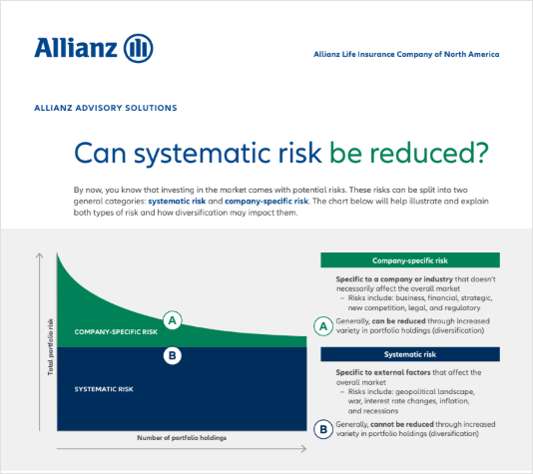Life insurers have been struggling with a widening coverage gap and the myriad reasons behind it in recent years. One reason may be simpler and more clear-cut than many in the industry thought; a fundamental misunderstanding among the general public about how life insurance is used.
A new Genworth white paper reiterated that life insurance is not intended to benefit the consumer; it is designed for the loved ones who rely on that person's financial support, both now and in the future.
The paper, "Getting Over the Gap: Insights on Life Insurance Coverage in the U.S.," identified four consumer groups that are the facing the largest life insurance gaps and would benefit most from a review of the current coverage. They are unmarried parents; large families; women and those with certain health conditions. The paper is based on key findings from Genworth's 2012 LifeJacket Study.
The paper sought to identify the differences between unmarried and married parents and found that unmarried parents are much more likely to have less life insurance than their married counterparts. The study found that 59 percent of unmarried women are without life insurance compared to 43 percent of married ones. For men that discrepancy is even larger, 69 percent of unmarried fathers are without life insurance while 34 percent of married fathers are.
Large families, who in most cases would need the coverage more than smaller families were the main breadwinner to die, are also underinsured. The study found that life insurance may not be a high priority for families with busy schedules and tight budgets. The pattern of large families being underinsured is exacerbated in lower income families.



